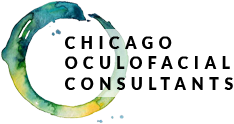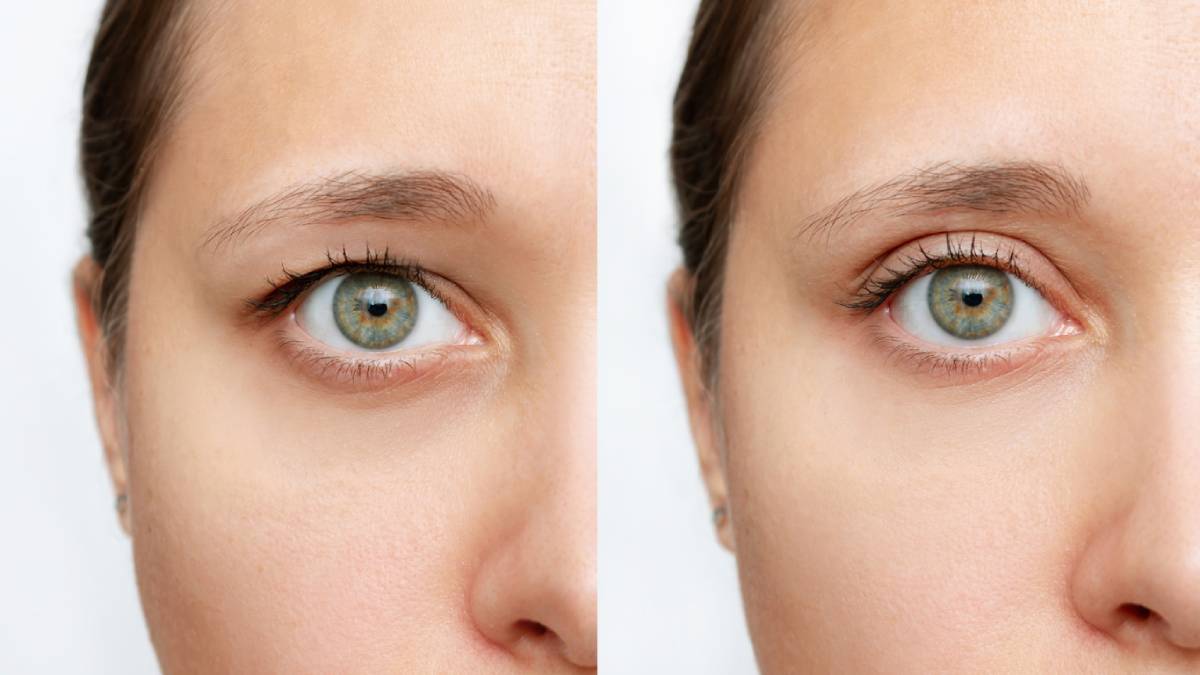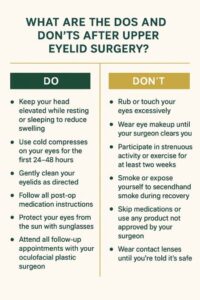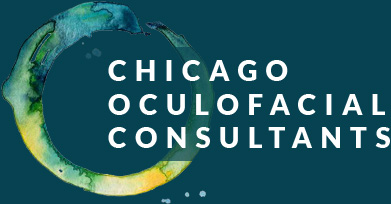Upper eyelid procedures are rapidly becoming one of the most commonly performed facial surgeries today, particularly for individuals seeking to restore a more youthful and alert appearance. But what happens after the procedure is complete and you’re ready to go home? First of all, proper aftercare plays a massive role in both the healing process and the final results. Knowing how to protect your eyes, minimize swelling, and avoid complications can help ensure a smoother and more comfortable recovery, as well as the best possible outcomes. That being said, what are the dos and don’ts after upper eyelid surgery? Let’s discuss.
What Are the Dos and Don’ts After Upper Eyelid Surgery?
Like any other surgery, upper eyelid procedures require some downtime. Following your surgeon’s instructions closely afterward can make all the difference. Immediately after your procedure, you’ll likely experience side effects such as swelling, bruising, and tightness around the eyes, but these are all completely normal and temporary.
Here are a few key dos and don’ts to help you recover safely and quickly:
DO:
- Keep your head elevated while resting or sleeping to reduce swelling
- Use cold compresses on your eyes for the first 24-48 hours
- Gently clean your eyelids as directed
- Follow all post-op medication instructions
- Protect your eyes from the sun with sunglasses
- Attend all follow-up appointments with your oculofacial plastic surgeon.
DON’T:
- Rub or touch your eyes excessively
- Wear eye makeup until your surgeon clears you
- Participate in strenuous activity or exercise for at least two weeks
- Smoke or expose yourself to secondhand smoke during recovery
- Skip medications or use any product not approved by your surgeon
- Wear contact lenses until you’re told it’s safe
What to Expect During Recovery Week by Week
While many patients return to light activities within a week, a complete recovery can take several weeks, depending on your overall health, skin type, and adherence to aftercare instructions.
- Days 1–3: Swelling and bruising will be at their peak. Use cold compresses regularly and limit activity.
- Days 4–7: Stitches are often removed (if not self-dissolving), and most bruising begins to fade. Light walking is encouraged, but avoid bending or lifting heavy objects.
- Week 2: Significant improvement in appearance. You may return to non-strenuous work or social activities.
- Week 3 and beyond: You can typically resume light exercise and makeup. Your final results will continue refining over the next several weeks.
Remember, you never want to rush the healing process! Your eyes are delicate and need time to fully settle before you get the results you’re looking for.
Tips for Managing Swelling and Discomfort
Even when surgery goes as smoothly as possible, mild discomfort is expected. Here’s how to reduce puffiness and ease pressure around the eyes:
- Stay hydrated – Water helps flush out toxins and reduce inflammation.
- Avoid salty foods – Sodium can increase swelling.
- Apply cool, not frozen, compresses – Ice that’s too cold can cause irritation.
- Sleep with extra pillows – Gravity helps reduce fluid buildup around the eyes.
Pain following your upper eyelid surgery is usually minimal and typically completely manageable with prescribed medications or over-the-counter options. If pain increases or seems unusual, or you experience excessive swelling and heat, call your surgeon immediately.
How Lifestyle Choices Affect Healing
Your everyday habits play a significant role in how quickly and successfully you heal. Smoking, for example, dramatically reduces the oxygen supply to tissues, which slows recovery and increases the risk of complications. Alcohol can also thin the blood, raising the chance of bruising and bleeding.
Getting enough rest, avoiding stress, and following a balanced diet rich in vitamins A and C can all support tissue repair and regeneration. Remember: a healthy body heals faster, and your eyelid surgery results will thank you for it.
Long-Term Maintenance for Eyelid Surgery Results
Once you are fully healed, it’s essential to take steps to maintain your refreshed appearance. Use gentle skincare products, steer clear of bright lights, direct sun exposure by wearing a hat or sunglasses, avoid rubbing your eyes, and maintain regular check-ins with your healthcare provider.
If you’re concerned about scarring or skin texture, discuss options with your surgeon, such as scar creams, laser treatments, or light chemical peels, once you’re fully healed. These additional treatments can further enhance your surgical results.
Ready to Begin Your Eyelid Rejuvenation Journey?
Contact Chicago Eye & Face today to schedule a consultation with a trusted oculofacial plastic surgeon and learn more about eyelid surgery and how it can help you look and feel your very best.



